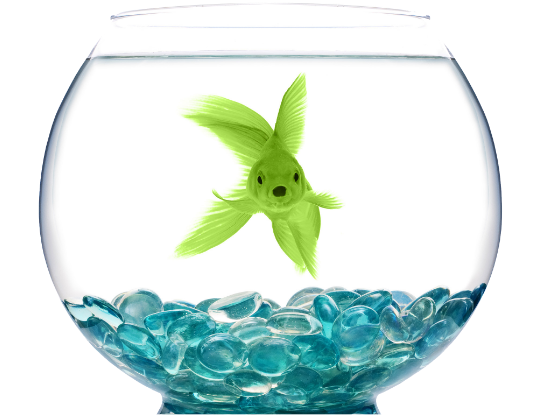Join The Fishbowl
Subscribe to Fishbowl Friday, our weekly marketing news roundup delivered directly to your inbox. Dive into the latest trends with insights from the Neon Goldfish team and stay ahead on key marketing topics every week before you step out the door. Join our free newsletter now!






